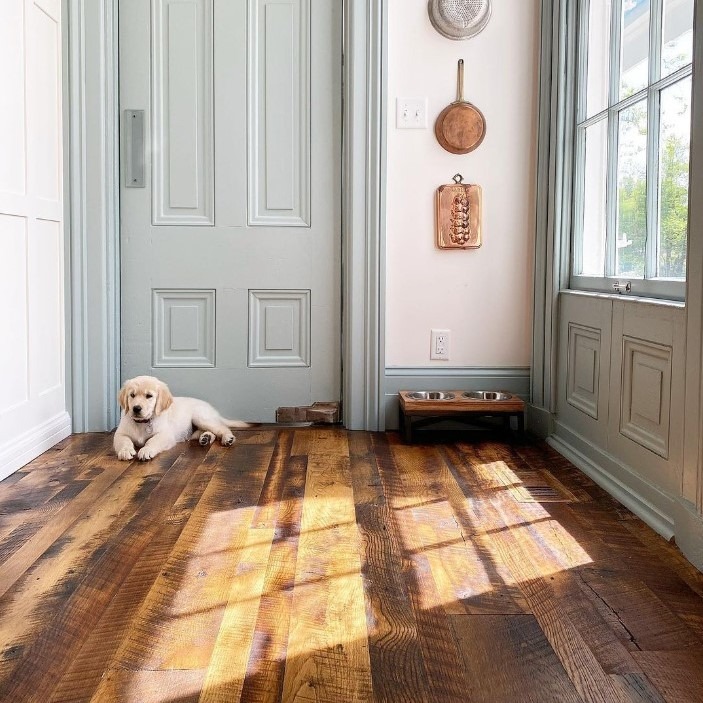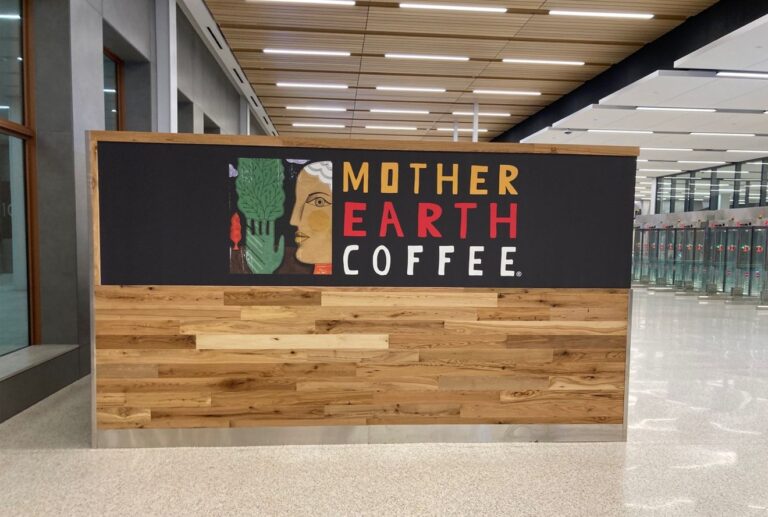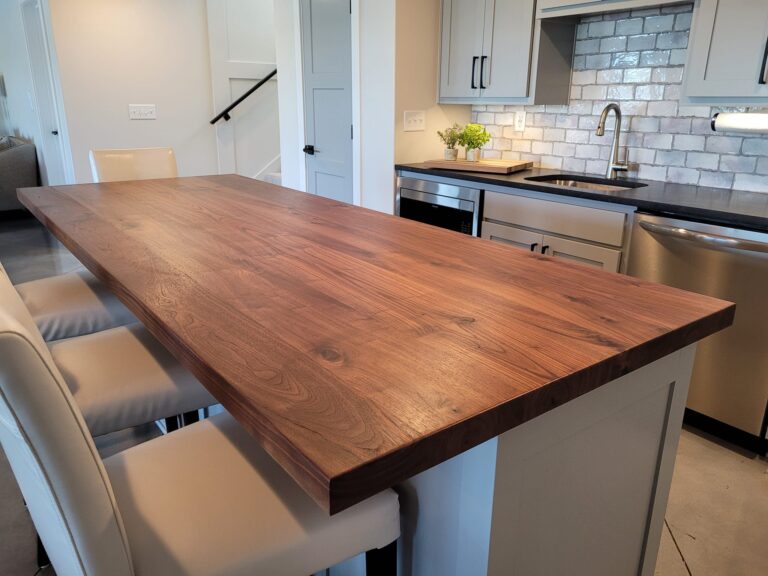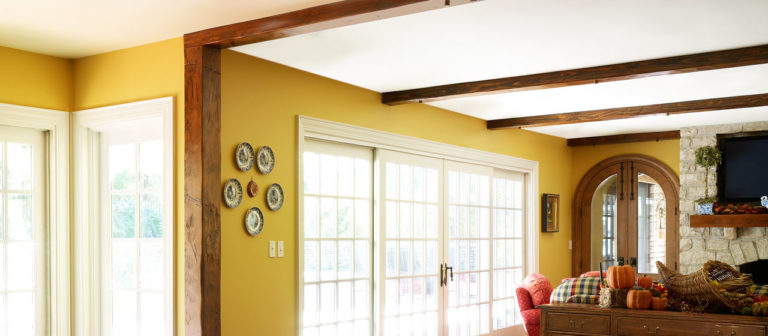Reclaimed wood is one of the fastest growing trends in interior design. As people look for ways to utilize more environmentally friendly design materials in their homes and commercial spaces, natural materials like old growth wood that have had a past use become an ideal product.
Reclaimed wood is warm, versatile, and full of interest and history. Because it doesn’t rely on new cut trees or timber, it has much less of an environmental impact. It’s also not a manufactured product, with all the chemicals and issues that entails.
Ready to Discover More?
Your next project is just around the corner. Browse our product galleries for more inspiration.
Reclaimed timber does have a rich history and a lot of personality. To go from old, abandoned or condemned buildings to new use is a long process, but one that helps capture all the unique properties of the wood, allowing it to be used again.
What Is Reclaimed Wood?
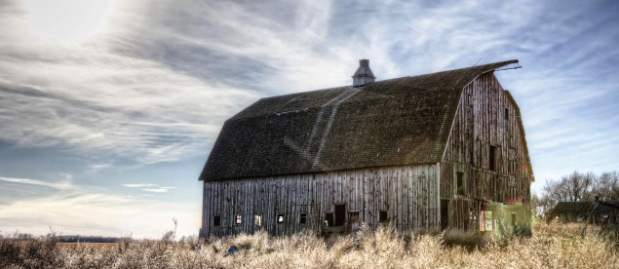
Reclaimed wood is wood that has been in use before, usually in a barn, outbuilding, or other rural structure that dates back to before the 1900’s. These buildings have usually been condemned, abandoned, or can’t be repaired and used in their current state, but the old growth is still a viable material to be harvested from the structure. Rather than simply letting the wood be thrown away, it’s claimed, cleaned up and recycled at a milling facility and given a new use.
Reclaimed wood often shows its age with beautiful patina and wear of its original use. This may include nail holes, saw marks, and weathering marks. Some boards may show more of these characteristics than others, so it’s possible to choose this recycled material that typically has a more rustic appearance, or even something that’s more modern in style. Many types of wood products can be created once the wood has been through the milling process.
The Process of Reclaiming Old Wood
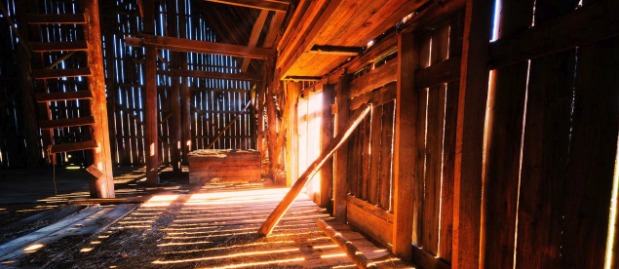
Recycling old wood is a multi-step process that transforms it from its previous condition into the milled and ready to use lumber that you may purchase. The wood is salvaged from old buildings and usually consists of old growth lumber, including from trees that may not exist or be harvested any longer, such as elm flooring or paneling.

The lumber is received at the warehouse, where it is first de-nailed. This involves searching out and removing each nail or screw from the lumber, no matter how many there may be. It’s also given a thorough surface cleaning to ensure that there’s no dirt or debris on the wood. This also helps ensure a more uniform surface color and finish in the end material.
Next, the lumber is rough milled. This brings it all to a rough uniformity in thickness. Because the boards can come from many sources, rough milling helps group them and combine them for easier usage.
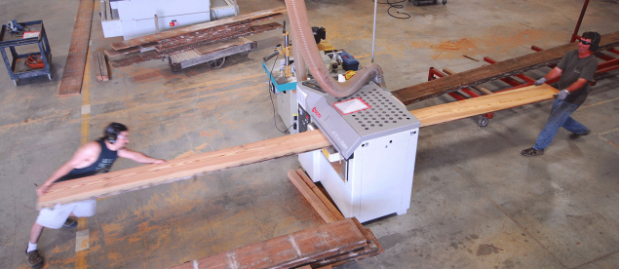
The lumber is then kiln dried. Even though this wood has already been in use, it’s been exposed to the elements for many years. Properly dried wood is more stable and can will give you a higher quality wood product than fresh cut wood available at big box stores.
Once the wood has been dried, it’s planed and ripped into various sizes. The wood can now be found in multiple widths, thickness, and lengths so it can be applied to a wide range of design projects.
From here, the wood is molded and the finishing process begins.
What Reclaimed Wood Becomes
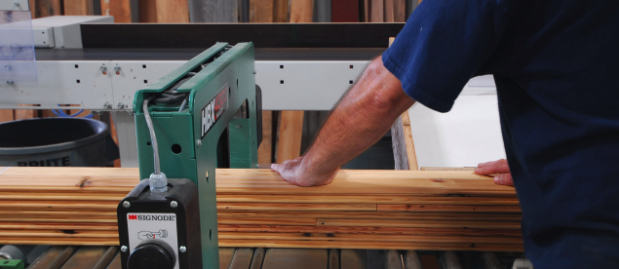
No matter what type of building or what use the wood may have had, reclaimed wood can now be used in a many different applications. The wood can be milled, and crafted to become flooring, stair treads, wall panels, mantels, beams, shelves, and even cabinetry.
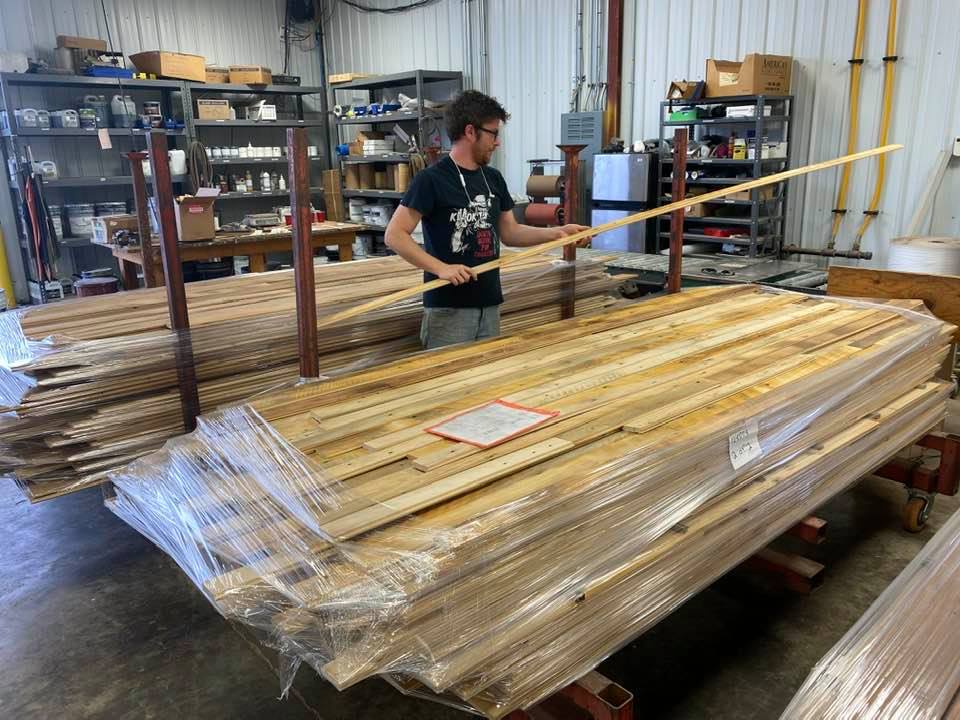
In some cases the wood may be sorted by species or by wear. For example, you may choose to use antique wood for wall paneling, or you may want to invest in reclaimed white oak flooring.
In other cases, different woods may be blended together to form a medley of colors and grain patterns within one area, such as a rustic flooring or paneling. For example, mixing species of oak together is a subtle way to create a contrasting design.
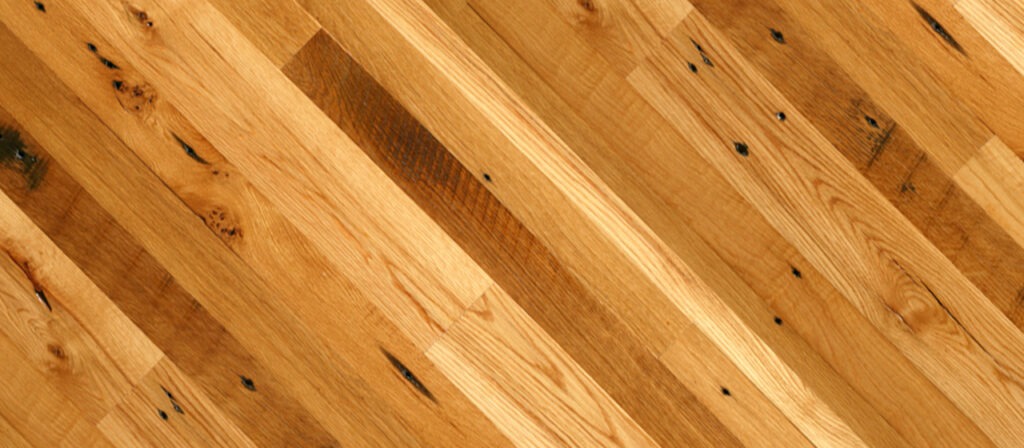
You can also combine different wood species for an even more dramatic statement that includes deep reds, vivid yellows, and fiery oranges.
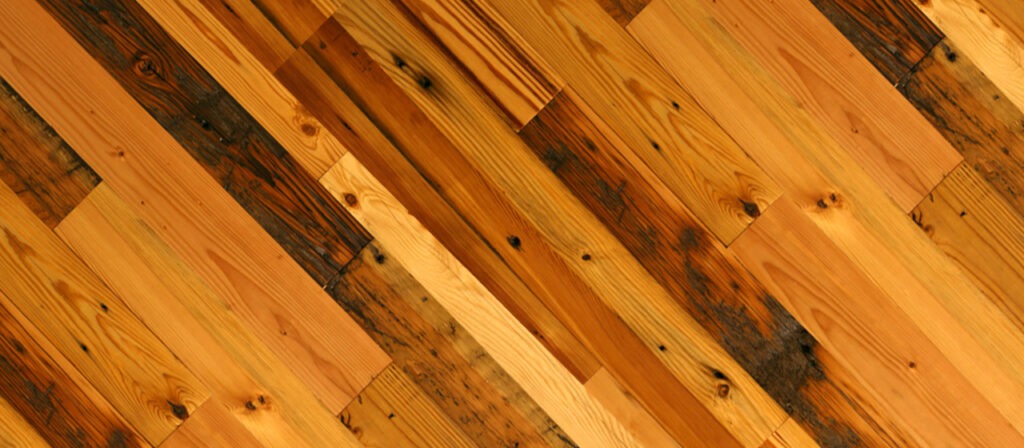
Reclaimed wood may show many of its original character marks, such as saw marks and nail holes, or it may be more subtle in texture, having been sanded down and finished before install.
Regardless of the area you intend to install it in, or the style and finish of the wood, reclaimed wood will last just as long and perform just as well as new cut wood installed in the same manner. The difference is that reclaimed wood will have a history and character that new cut wood hasn’t had time to develop yet.
Consider Reclaimed Wood for your Next Design Project
With its beauty and character, reclaimed wood is like nothing else available on the market. It’s also a much more environmentally conscious choice for people that want to use natural wood in their homes and offices.
From beginning to end, if the reclaimed material is given the care and attention it needs to become the perfect addition to any space. From tables and countertops to floors and cabinetry, reclaimed wood makes a statement anywhere that it’s installed. Consider investing in this versatile and unique material to capture its beauty for your space.
Elmwood has many reclaimed, eco-friendly, sustainable wood materials that are available to you for designing or remodeling your home or business. Explore some of our most popular products to get some inspiration for your new design. You can also order free samples of all our woods and you can always reach out to our team of specialists to find the wood to fit your needs! We are happy to help answer any of your questions and help you make the best choice for your project.

